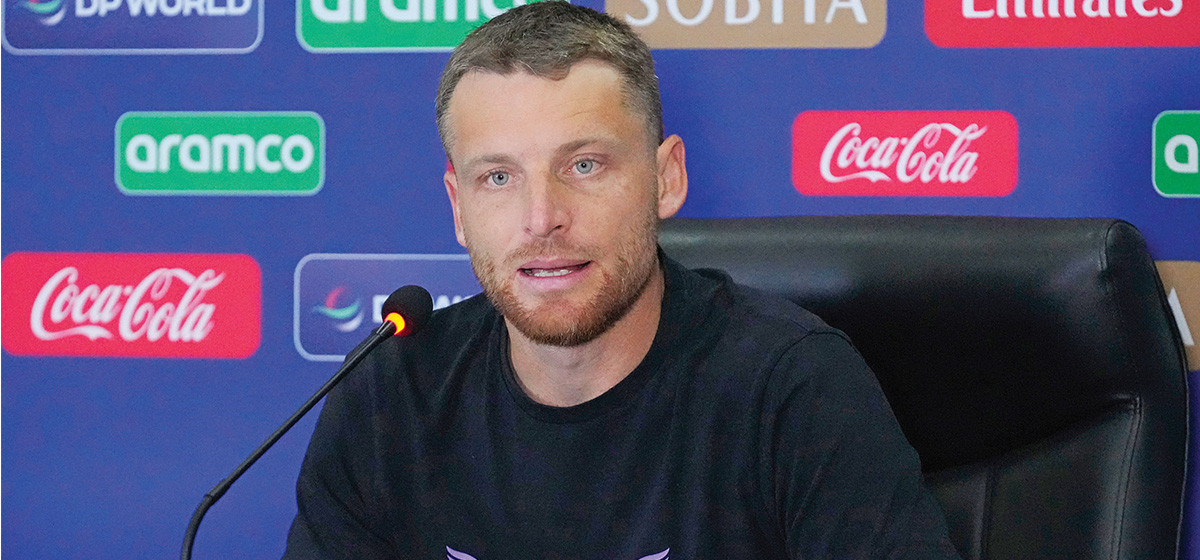BK’s tendency to remain absent from his class was no different in the Nepali month of Magh. He had made it to the classroom only for five days that month.
But the absenteeism begins to look worrisome when one realizes that most other students, too, seem to be as reluctant as BK to attend the school.
The school administration says that 31 students had enrolled in the beginning of this academic session at the school which runs classes from early childhood development to grade three.
A few days ago, when this scribe went to visit the school, there were only 13 students in the school. Only four students out of total eight were present in grade three whereas three student each in grade two, one and early childhood classes were attending.
“Parents are reluctant to send their children to school even if teachers go door to door to urge them to do so,” said acting headmaster of the school, Raj Kumar Odari.
E-learning centers in Banepa community schools

A teacher, expressing concern over the declining number of students at the community school in the district, put the blame on government’s negligence. “The schools in the area were opened without proper survey. They are situated very close to each other,” said a district-based government school teacher.
The teacher, requesting anonymity, said political parties were also partly to blame as they often use schools as a way to exercise influence at the local level. “When schools are opened just to whet one’s appetite for influence and social standing, will they ever serve their real purpose?” questioned the teacher.
Coordinator of Civil Society, Bhojpur, Parshuram Tiwari said the local political leaders were responsible for turning schools into political playground.
The DEO’s Section Officer Rewati Parajuli points out few more reasons behind the declining number of students at schools.
Lack of child-friendly infrastructure and weaknesses in teaching-learning process are among the top reasons for the fading interests in public schools. In addition, poor parents are often compelled to send their children to work than to school, he added.
“Many guardians still do not understand the importance of educating their children. And those who do, they prefer private schools over the ill equipped community ones,” stated the government officer himself.
According to Bhojpur DEO, a total of 52,229 students are enrolled from grade one to 10 in the district, among them 32,509 in primary level. A total of 1,780 teachers are deployed in the district including those of permanent status, relief quota, and temporary teachers. Out of total of 405 schools, 65 are primary, 56 are lower secondary, 39 are secondary and 27 are higher secondary schools. There are 17 private schools in the district.






































